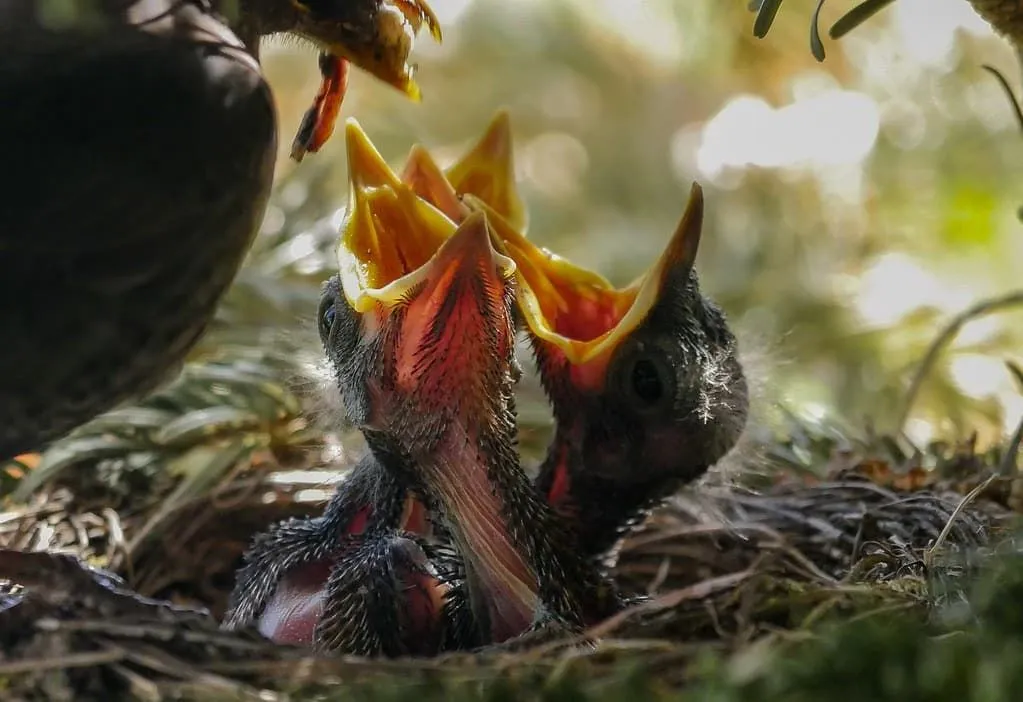Birds are one of the most fascinating creatures on our planet, with their incredible colors, songs, and unique behaviors. One aspect that makes them even more intriguing is their life cycle, from the moment they hatch from an egg until they take flight as adults. In this article, we’ll explore the stages of a bird’s life cycle, from nest to sky.
Egg Stage: The first stage in a bird’s life cycle is the egg stage. Female birds lay eggs in nests they have constructed or found. The eggs are typically kept warm by the mother bird, who sits on them until they hatch. The time it takes for the egg to hatch varies depending on the species of bird, but it usually takes between 10 and 30 days.
Chick Stage: Once the eggs have hatched, the chicks are born. They are small, featherless, and completely dependent on their parents for food and warmth. During this stage, the chicks grow very quickly, and they can double or even triple their size in just a few days.
Feathering Stage: As the chicks grow, they start to develop feathers. At this stage, they are able to regulate their own body temperature and no longer need to rely on their parents for warmth. The feathers also help the chicks to fly once they are fully grown.

Fledgling Stage: Once the chicks have grown their feathers and are ready to leave the nest, they enter the fledgling stage. During this stage, the young birds begin to explore their surroundings and learn how to fly. They are still dependent on their parents for food, but they are starting to become more independent.
Juvenile Stage: After the fledgling stage, the birds enter the juvenile stage. During this stage, they continue to learn important survival skills, such as hunting and avoiding predators. They also start to develop their own unique personalities and characteristics, which will continue to evolve as they mature.
Adult Stage: The final stage in a bird’s life cycle is the adult stage. At this point, the bird has reached its full size and has developed all of its unique features, such as its plumage, song, and behavior. The adult bird is fully independent and able to reproduce, continuing the cycle of life.
It’s important to note that not all birds follow the same life cycle. Some birds, such as owls, are born with feathers and are able to fly shortly after hatching. Others, such as penguins, have a much longer fledgling stage and rely on their parents for food for several months.
The life cycle of birds is a fascinating and complex process that starts with the hatching of an egg and ends with the development of a fully grown adult bird. Throughout each stage, birds learn important skills and behaviors that help them survive and thrive in their unique habitats. By understanding the life cycle of birds, we can gain a greater appreciation for these amazing creatures and the incredible journeys they take from nest to sky.

